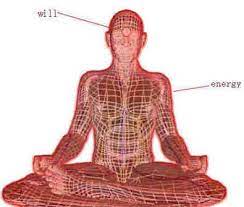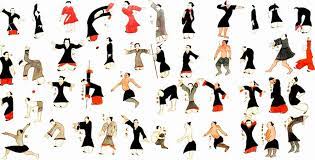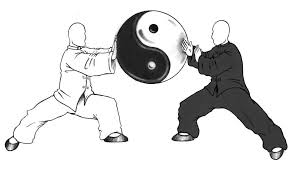The History of Chinese Qigong:
A Thousand Years of Fitness

Qigong is a traditional Chinese health exercise that combines exercise, breathing and meditation functions. For thousands of years, qigong masters have practiced and perfected qigong exercises, and taught people to strengthen muscles, rationalize their minds and release their potential. Qigong has many health benefits, and it is easy to practice. You can do it anytime, anywhere. Take a few minutes every day to do some qigong breathing and exercises. You may not notice any daily differences. However, persistent practice will definitely bring you amazing health improvements. Throughout Chinese history, Qigong has always been integrated with Chinese philosophy and religion. Chinese history shows that qigong originated from traditional dance movements, and the concept of qigong was born from this. The legendary emperor (Huangdi) practiced dancing and breathing every day. His qigong concept was recorded in the earliest collection of traditional Chinese medicine Huangdi Neijing (Huangdi Neijing) )in. Over time, Qigong not only plays an important role in Chinese medicine, Confucianism, Taoism and Buddhism, but also becomes a good meditation tool and self-defense technique.
Principles of Qigong
Qigong balances your energy flow and enhances your physical and mental functions through health-oriented exercises. Different sports will bring about obvious physiological changes, but the core is to use the mind to control the body to achieve a state of unity of the mind and body. Qigong exercise mainly includes three aspects: body, breathing and mind. By adjusting these three elements, you can fully control yourself mentally and physically. First, while ignoring any external interference, you must remain mindful to realize what you are doing and what you will do. Then, you should be able to control breathing and movement, in other words, control your muscles. Breathing and movement will in turn give feedback to your thoughts. After enough practice, your mind and body will be unified, and you can say that you are in complete control of yourself.
The functions of Qigong have the following three points:
1. Dredge the meridians, regulate qi and blood Meridian is an independent system that connects internal organs and transports qi and blood. Qi and blood are subtle but vital substances that can maintain your body functions. Through physical exercise, breathing regulation and mind control, Qigong can dredge the meridians throughout the body. , Enhance the circulation of blood and improve the function of human tissues and organs.
2. Build righteousness Traditional Chinese medicine believes that “there is positive energy inside, and evil cannot enter.” That is to say, whether external negative energy can cause diseases in the body depends on the state of the body itself. Qigong can make the human body produce positive energy, thereby enhancing your overall health and immunity.
3. Improve intelligence and release potential Human behavior is regulated by the central nervous system. Under the guidance of the mind, Qigong can balance your central nervous system by relaxing and calming the body and mind, so that your brain can reach its maximum potential and enhance the physiological functions of the human body. Therefore, it May help increase intelligence, improve memory and improve academic and athletic performance. There are many types of Chinese Qigong, the following ones are popular:
Tai Chi Health-Tai Chi
Yijinjing-classic tendon changes
Five Animals Play – Five animals play
Six-character Jue – Six Healing Voices
Baduanjin-Baduanjin

These different characteristics of Qigong are designed and developed based on ancient records written by many famous doctors, physiologists, physiotherapists and martial artists to ensure its safety and health. Practicing Qigong is definitely beneficial. It will increase your physical strength and make your thinking more agile. It is free, easy, and does not require a lot of time. You don’t have to go to class. There are countless qigong videos online. You only need to pay attention to the posture and learn in the correct way. You can practice exercise and breathing by yourself, so it’s time to add Qigong to your exercise habits!




